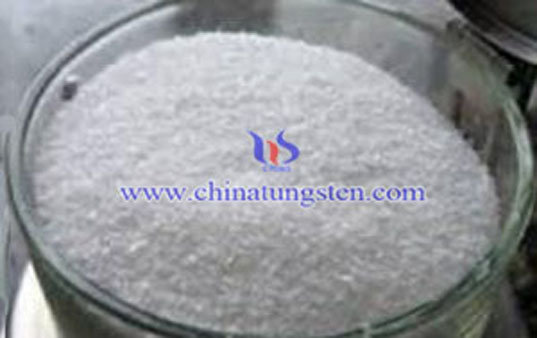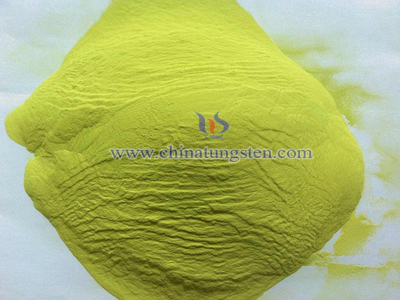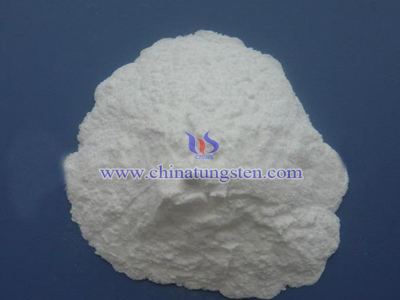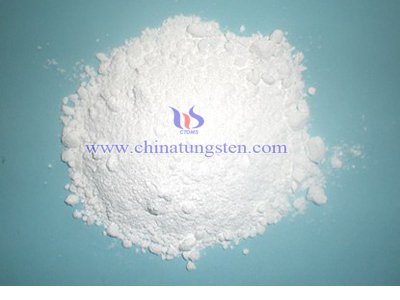Two Step Ion Exchange Method Producing APT

The way of two step ion exchange method producing ammonium paratungstate (APT) has an excellent purification effect to the impurities of phosphorus, arsenic and silicon, tin ect., which can purify molybdenum to some degree, moreover, the recovery rate of tungsten can reach 99%. Two step ion exchange method is going through steps as bellow:
1. Absorb tungsten by porous strongly basic anion exchange resin from alkaline solution, and then acidify the pH value of solution to 2.5 ~ 4 by desorption solution;
2. Absorb tungsten by using type acrylic weakly basic anion exchange resin, and then deaorb W with ammonia water, finally get ammonium paratungstate by evaporation crystallization, especially the high purity APT.
The advantage of using ammonia water as desorption agent is that it can quickly avoid the crystalline region of ammonium paratungstate of the pH value of 6 ~ 8, thus to prevent crystal precipitation, and realize the ammonia desorption of static bed.
Ion exchange is an exchange of ions between two electrolytes or between an electrolyte solution and a complex. In most cases the term is used to denote the processes of purification, separation, and decontamination of aqueous and other ion-containing solutions with solid polymeric or mineralic 'ion exchangers'.Typical ion exchangers are ion exchange resins (functionalized porous or gel polymer), zeolites, montmorillonite, clay, and soil humus. Ion exchangers are either cation exchangers that exchange positively charged ions (cations) or anion exchangers that exchange negatively charged ions (anions). There are also amphoteric exchangers that are able to exchange both cations and anions simultaneously. However, the simultaneous exchange of cations and anions can be more efficiently performed in mixed beds that contain a mixture of anion and cation exchange resins, or passing the treated solution through several different ion exchange materials.





